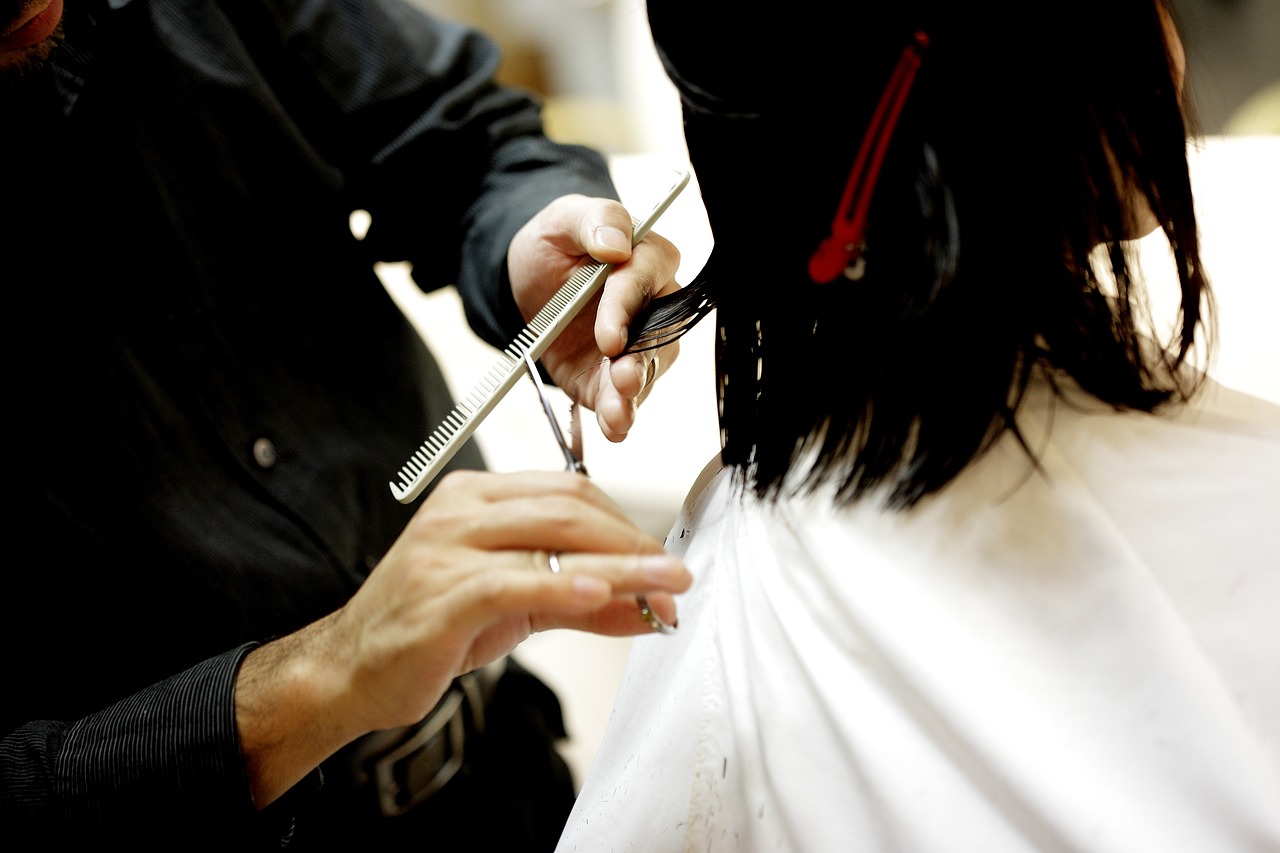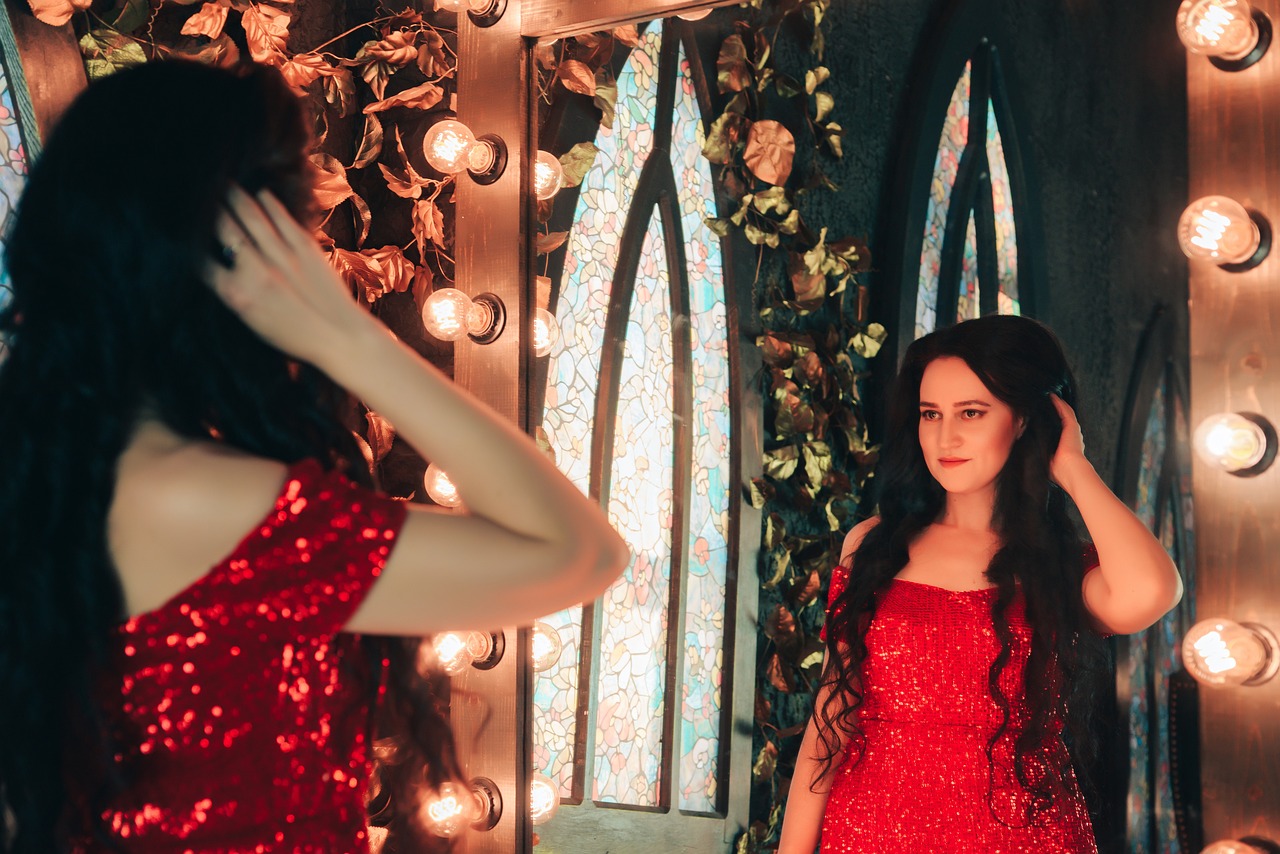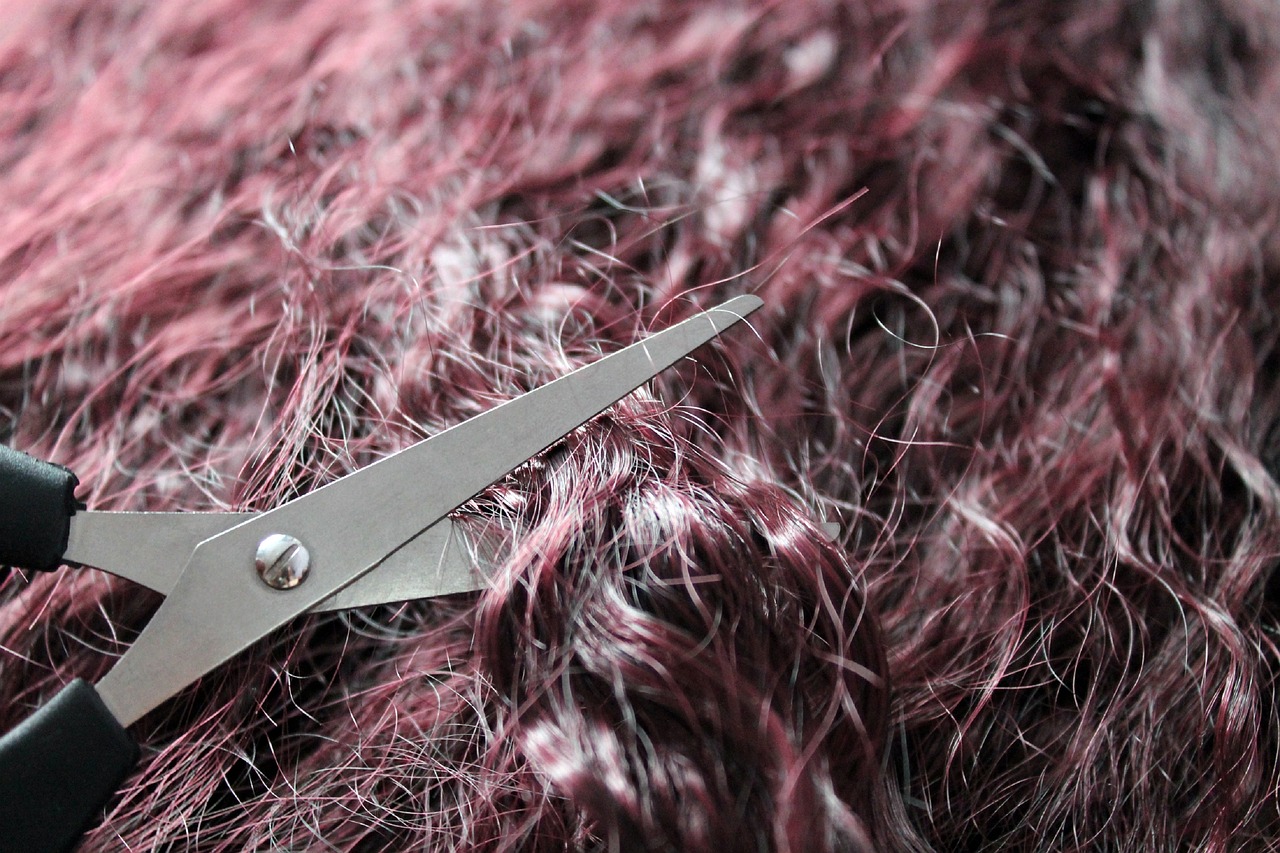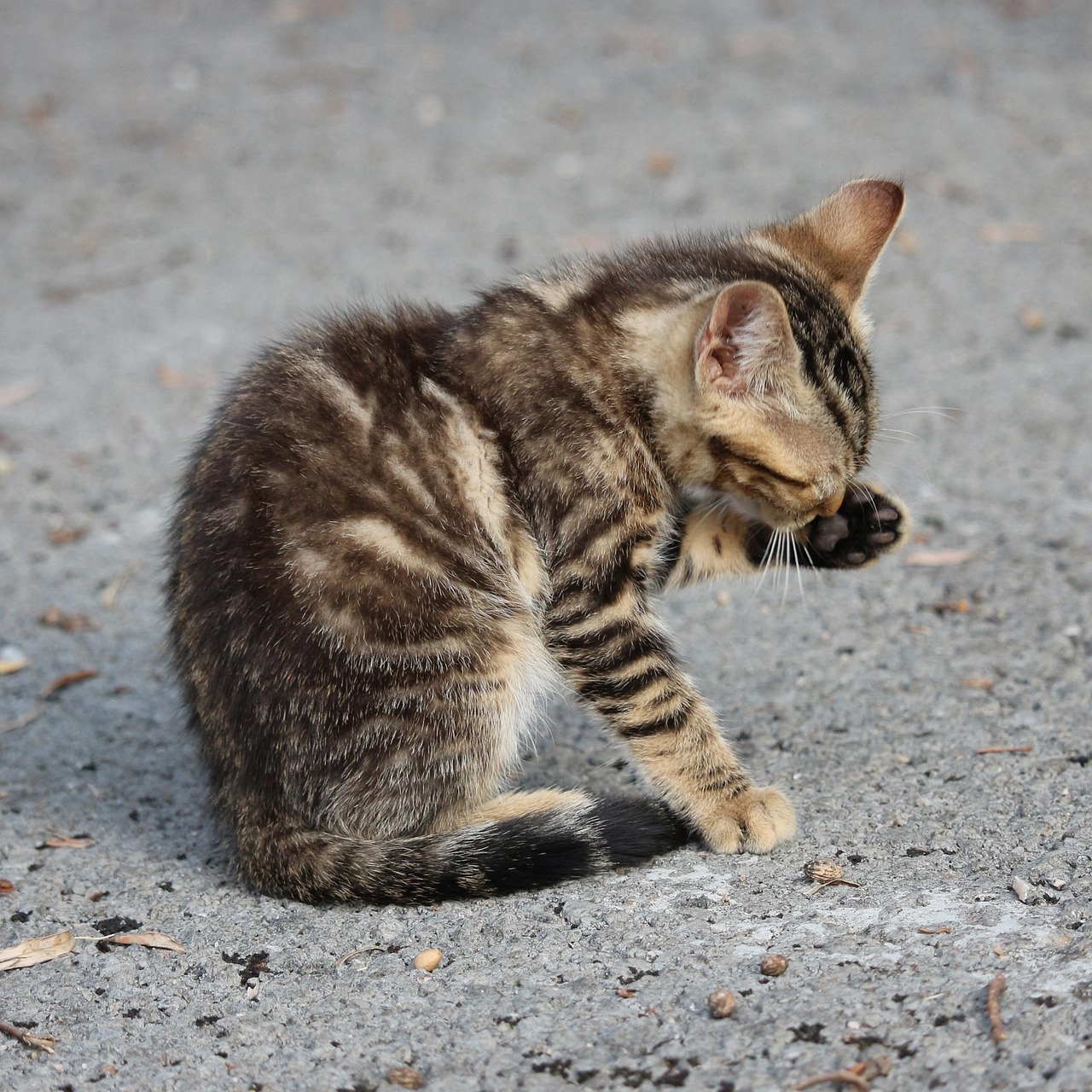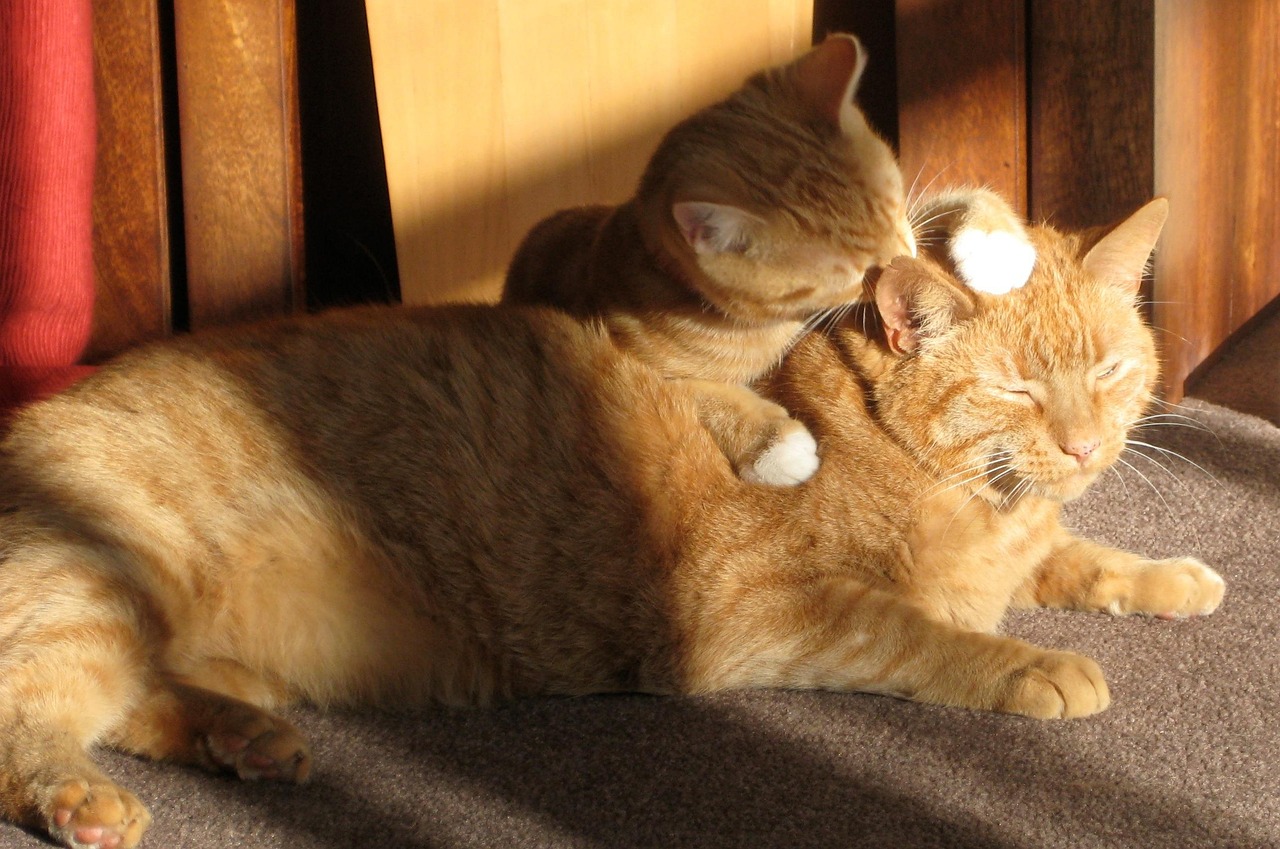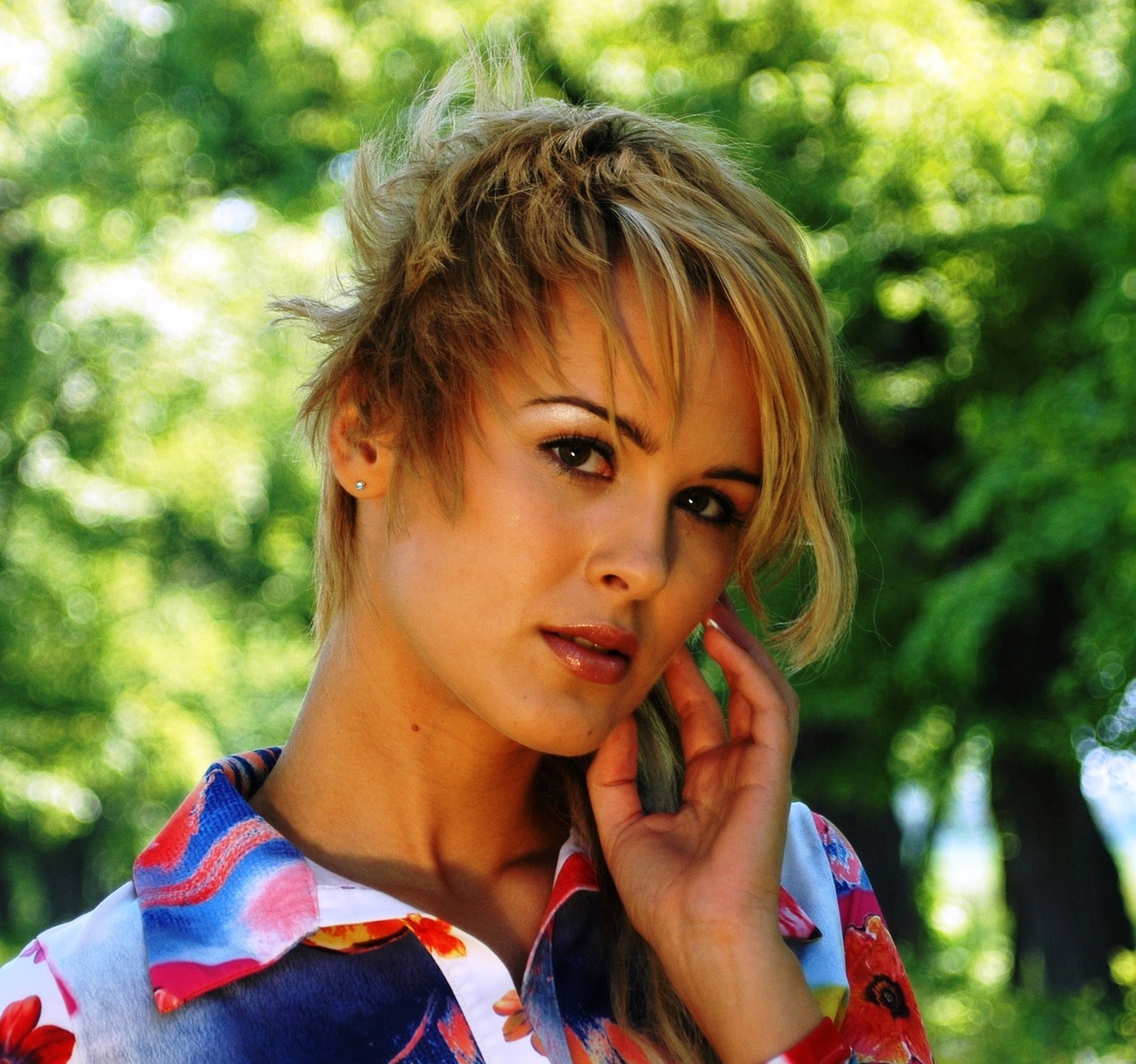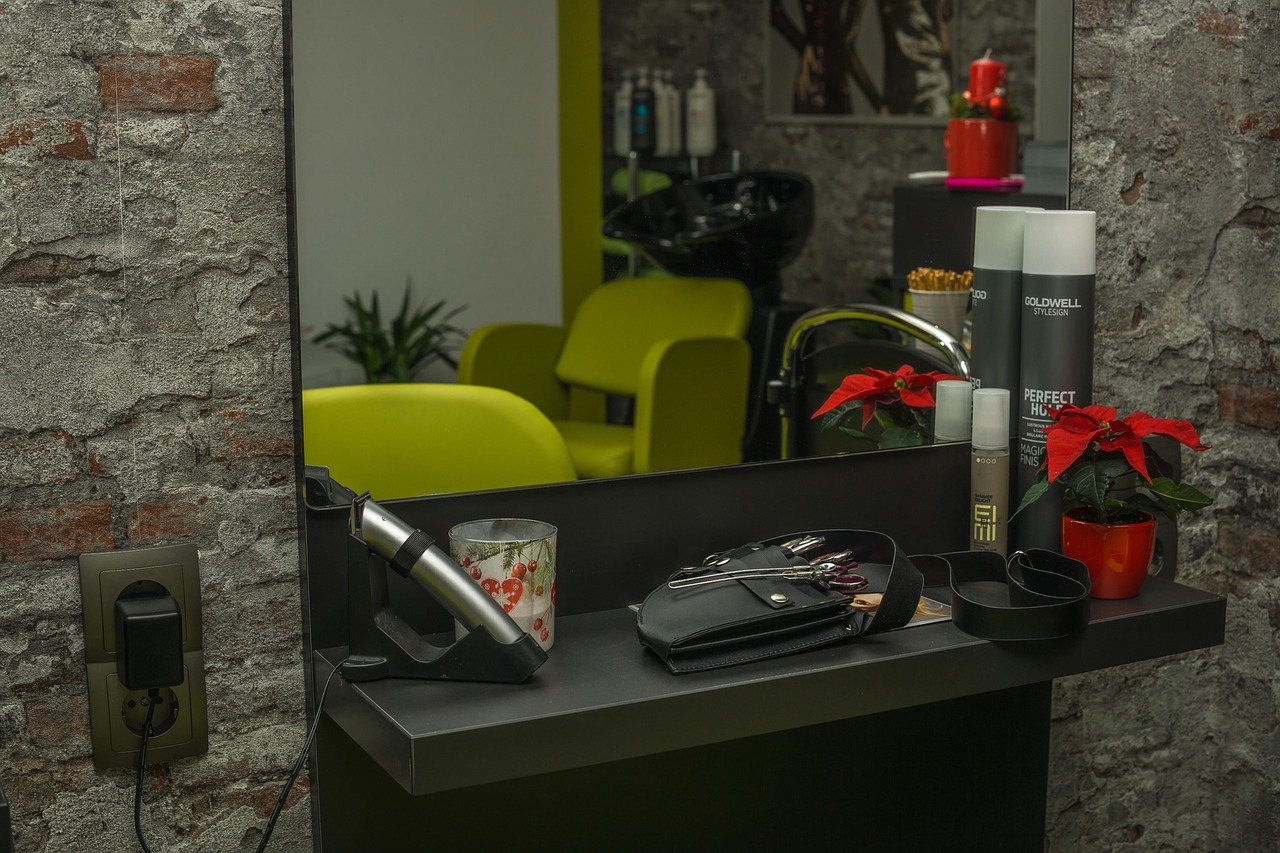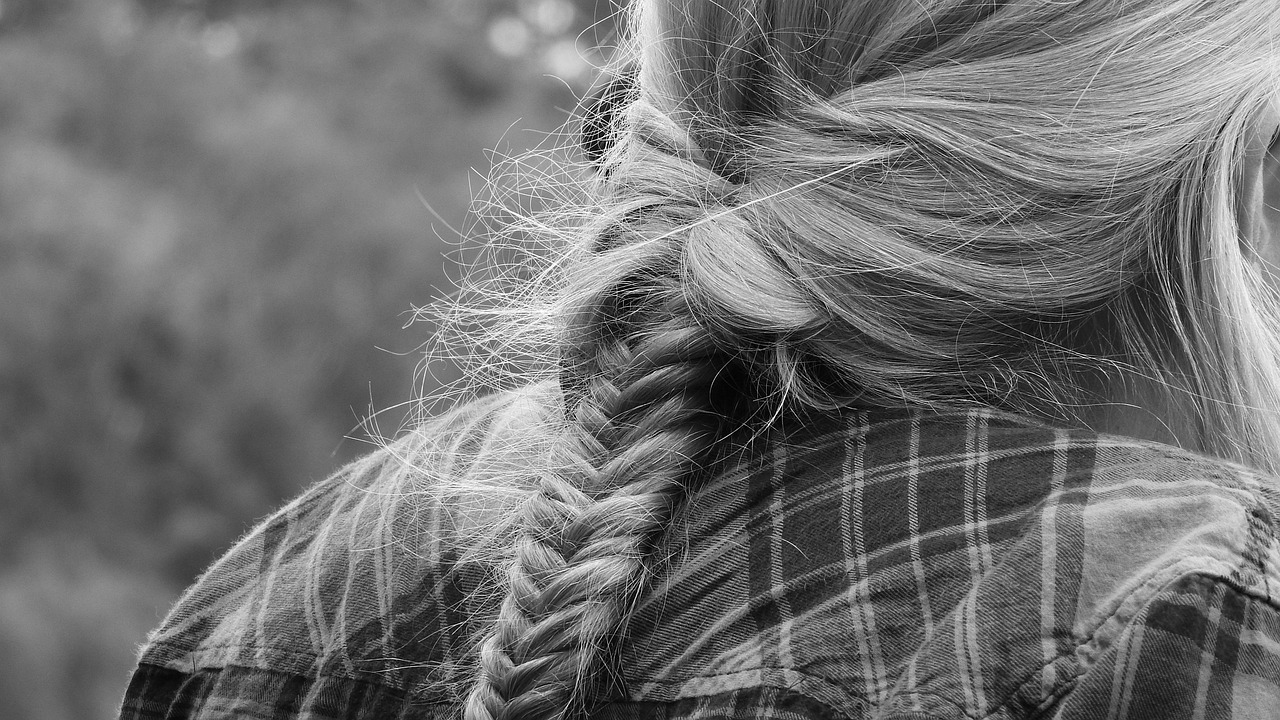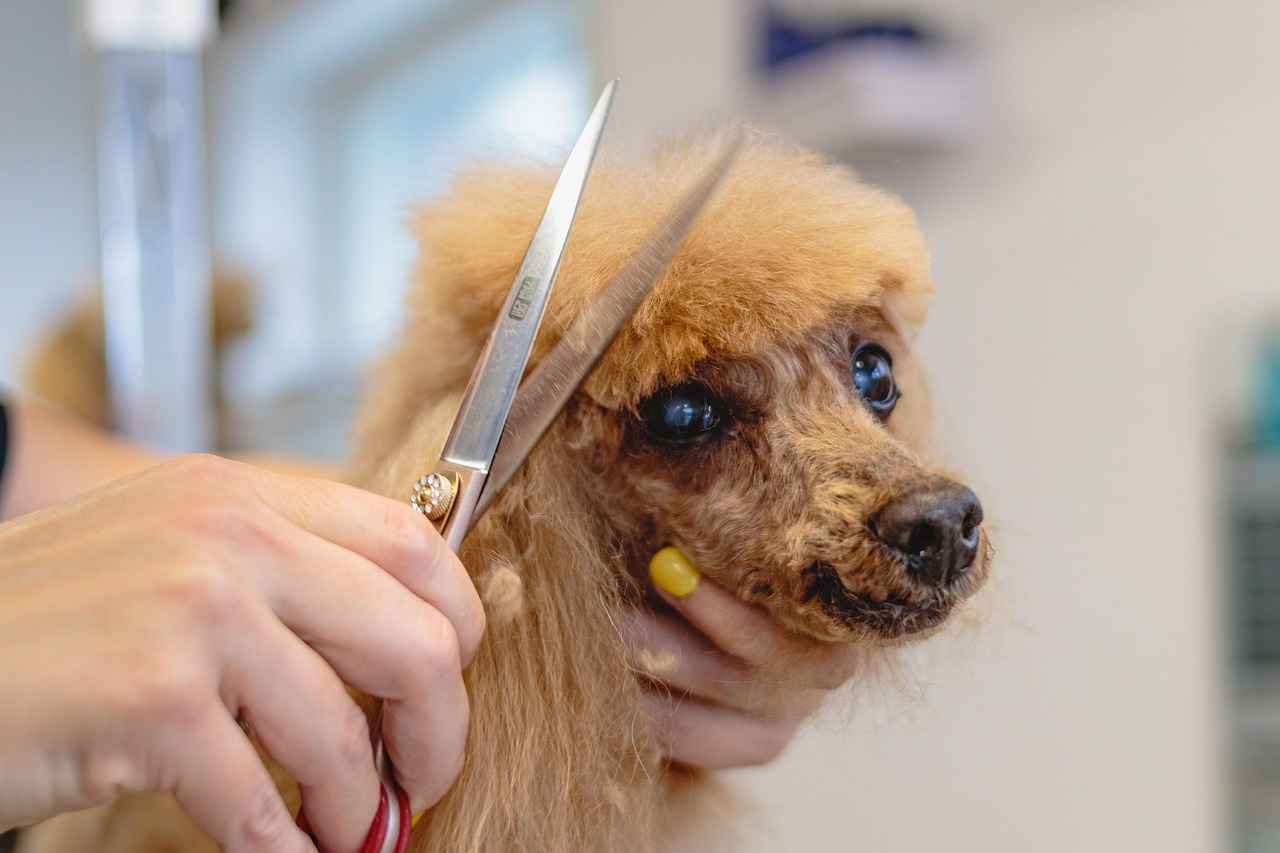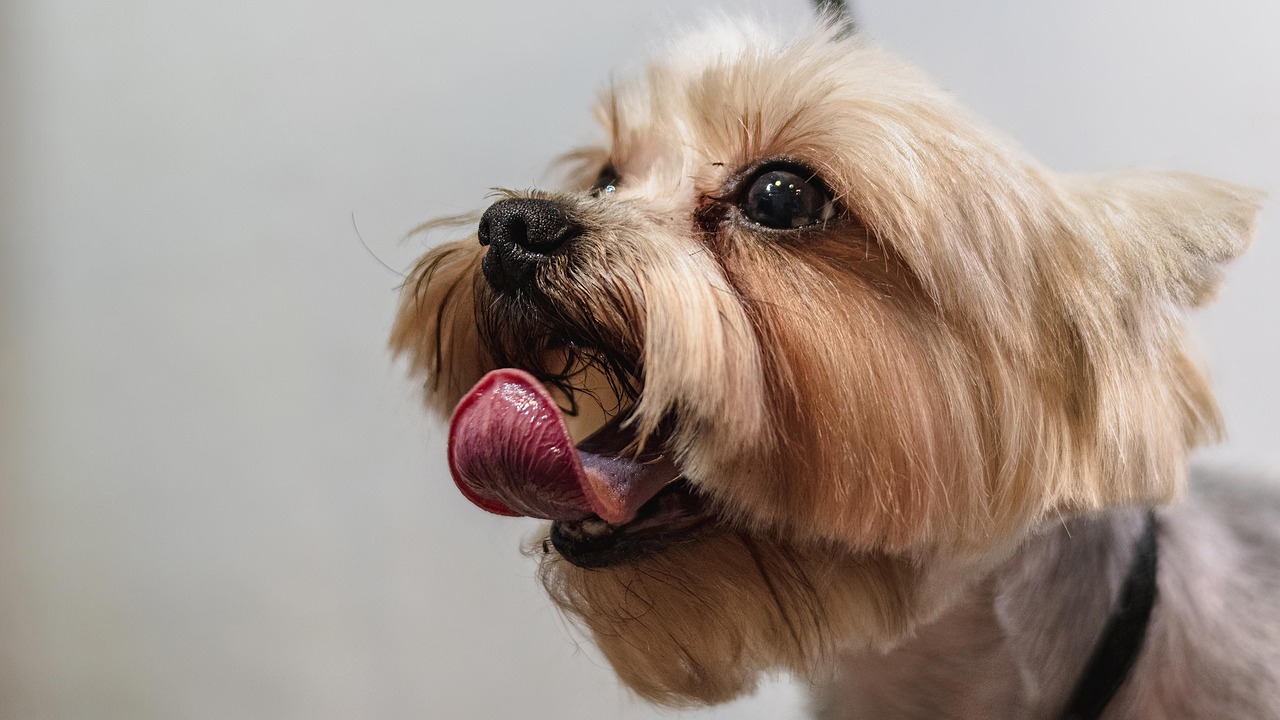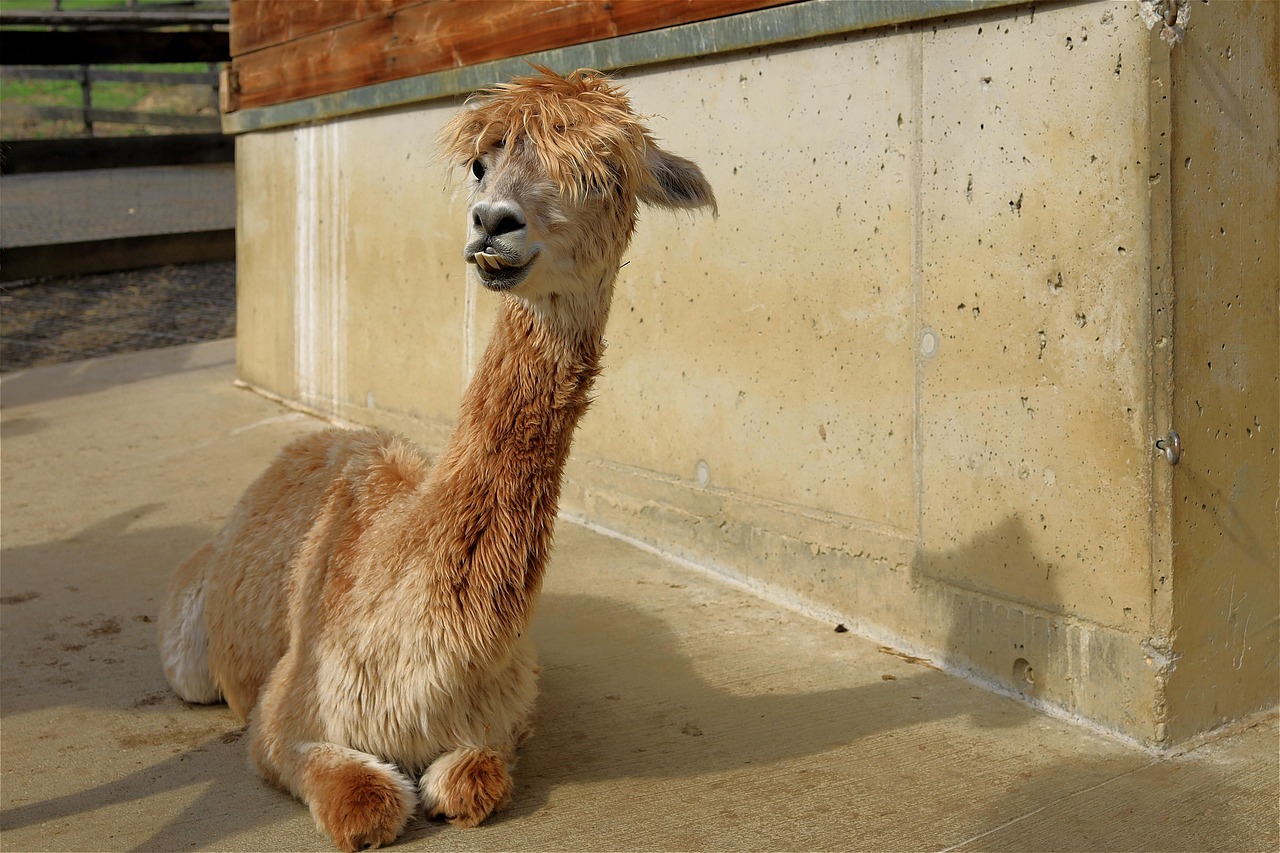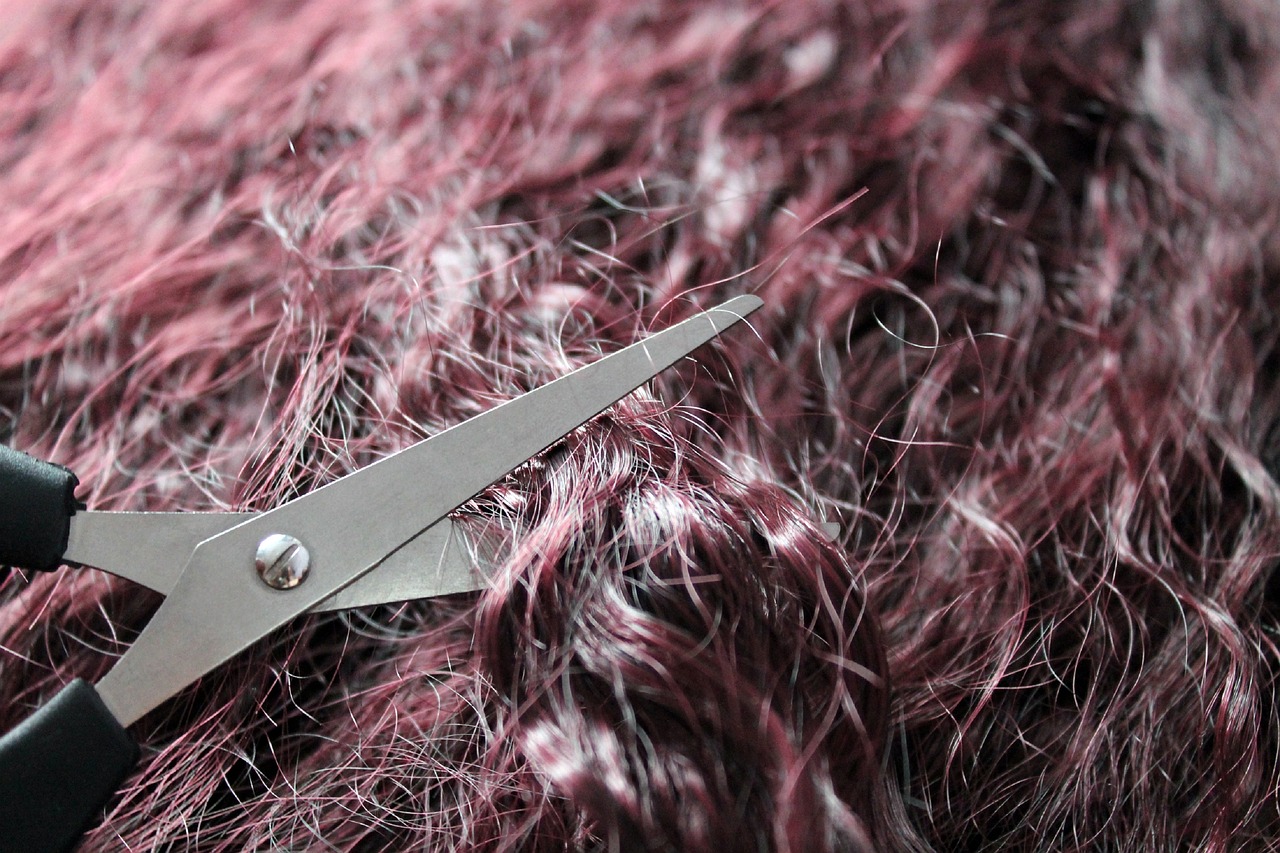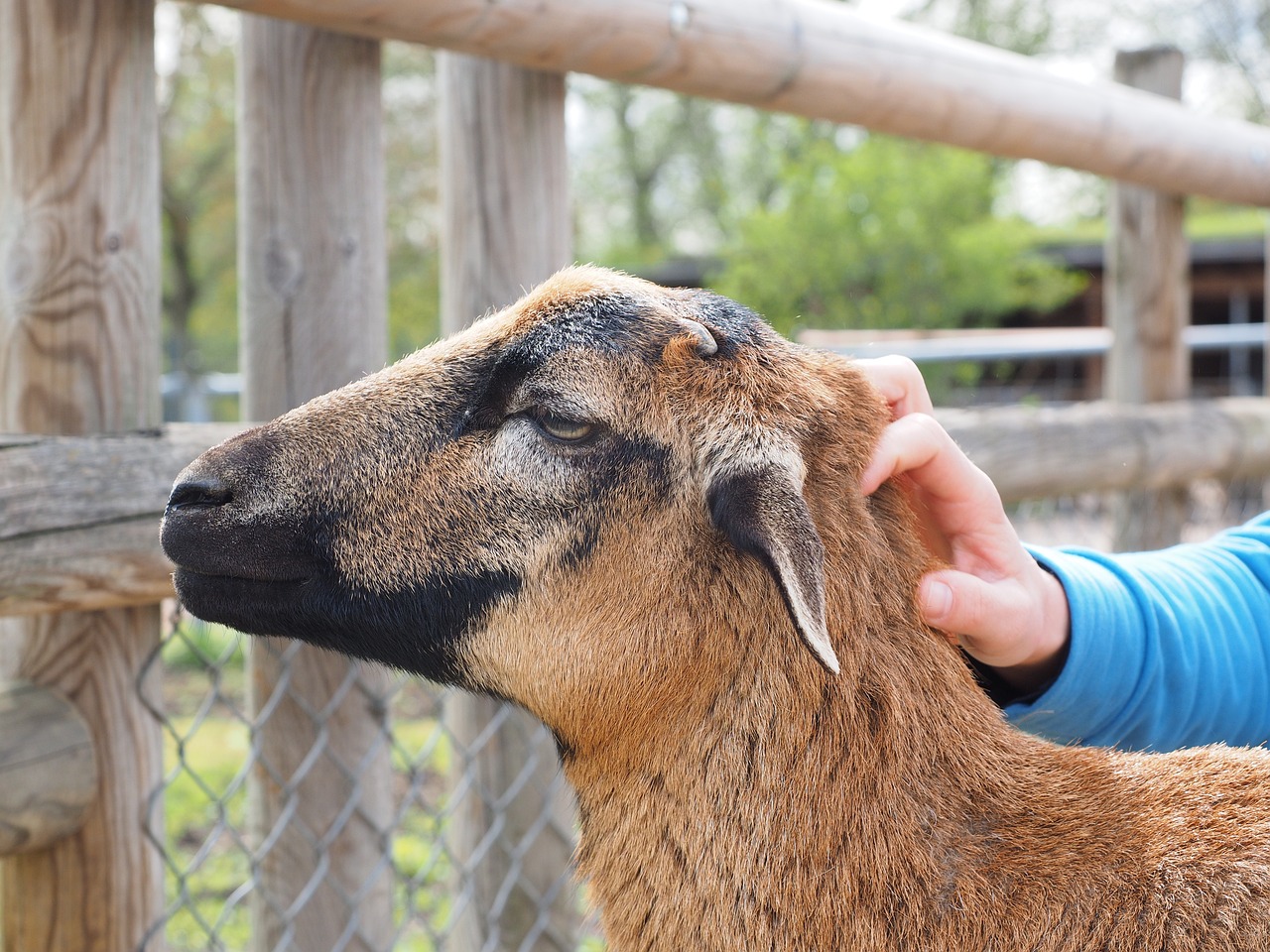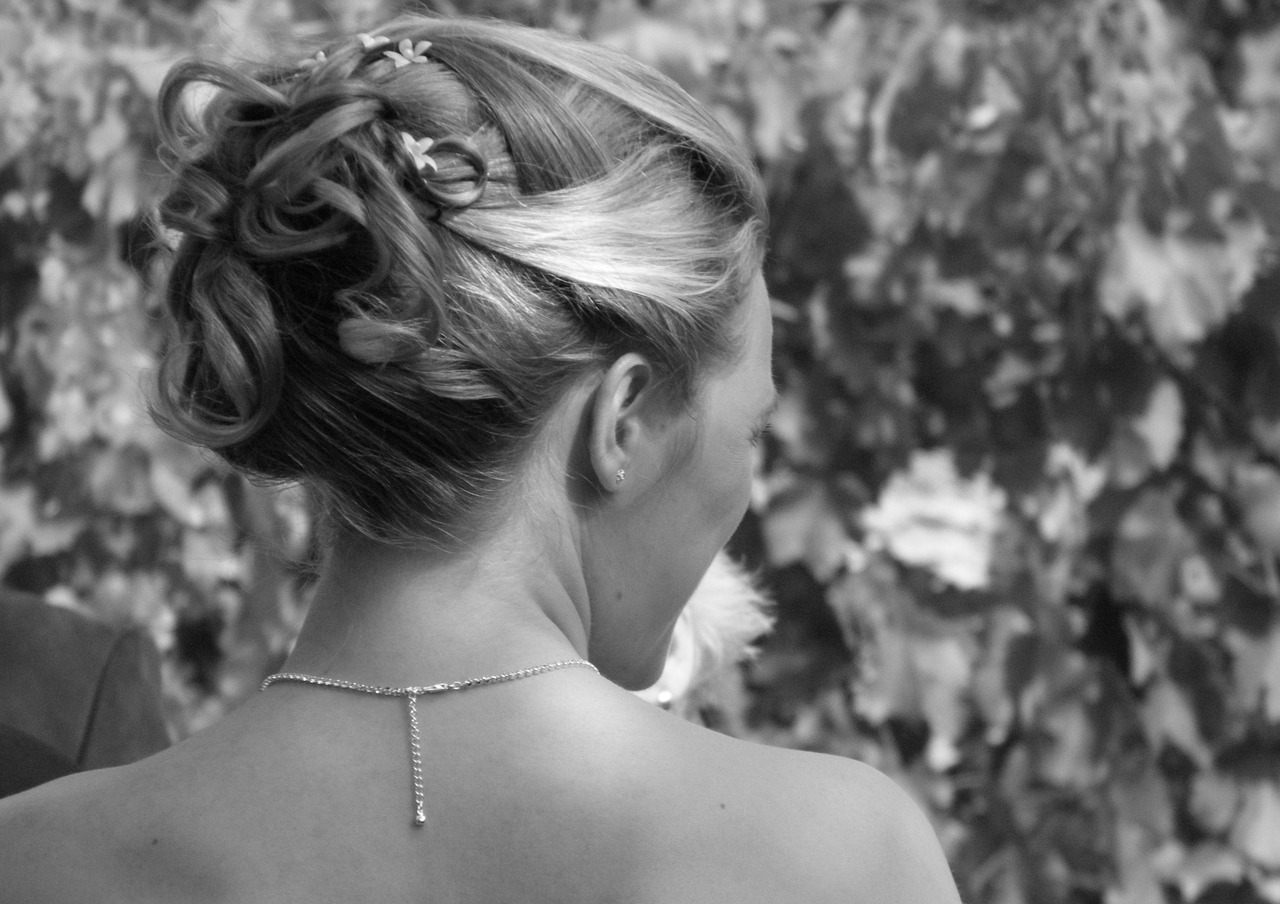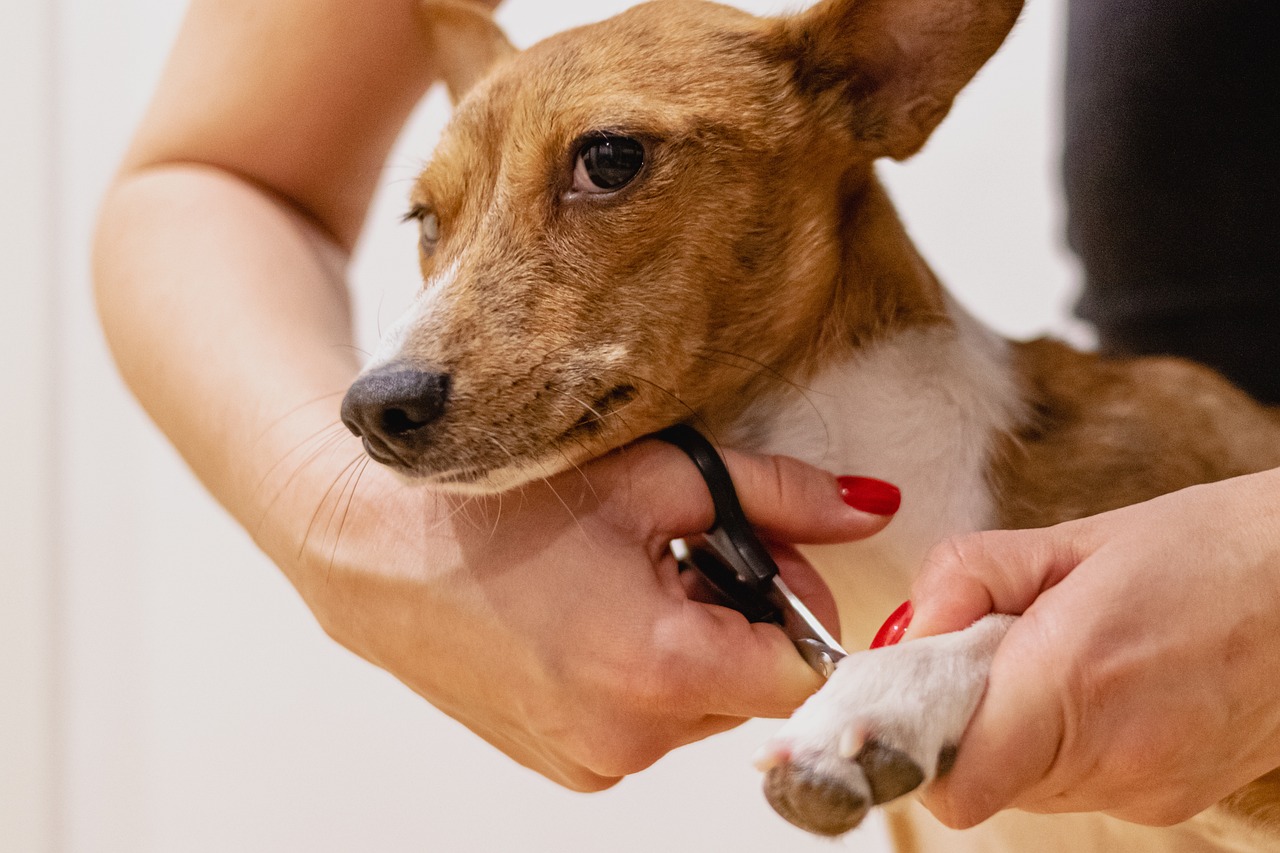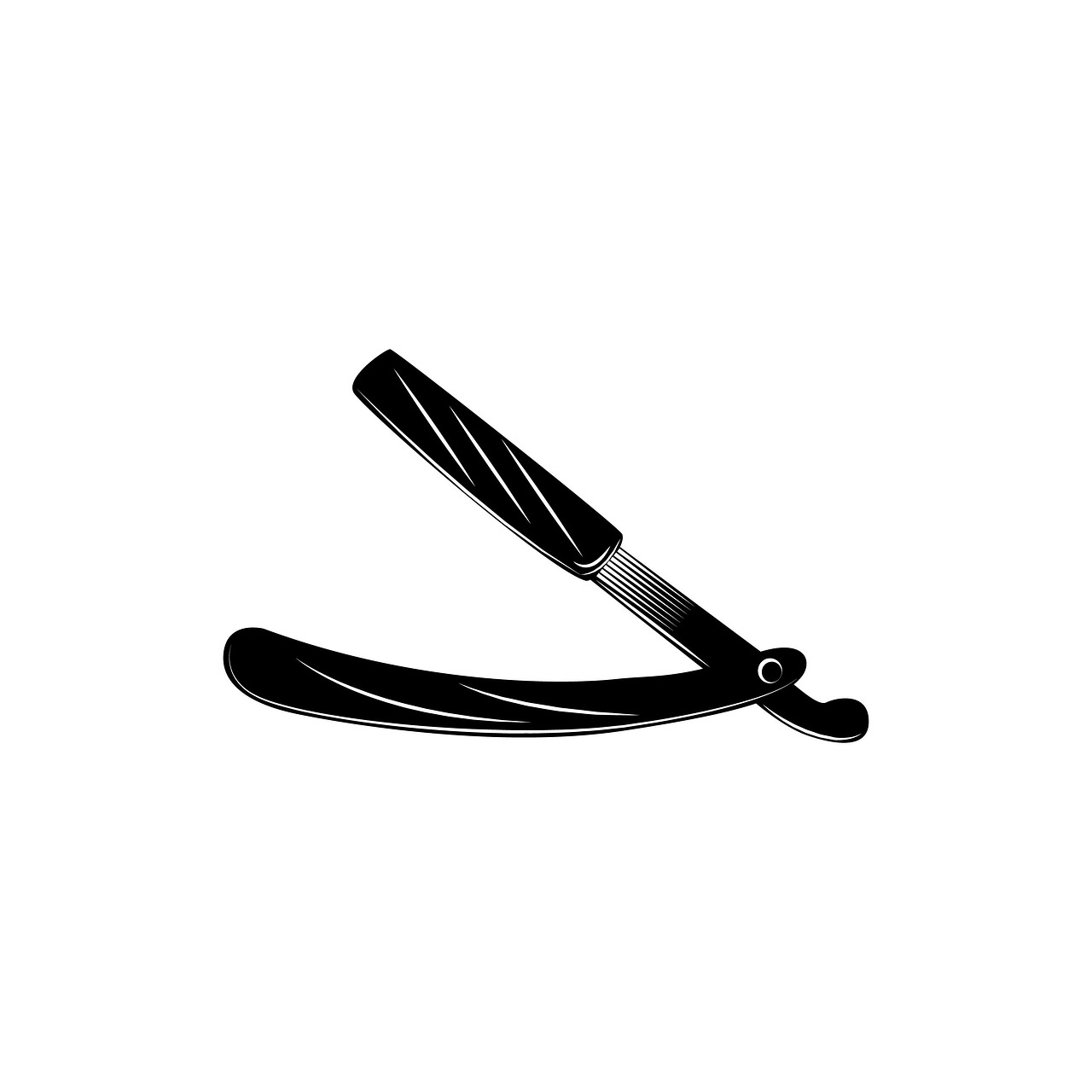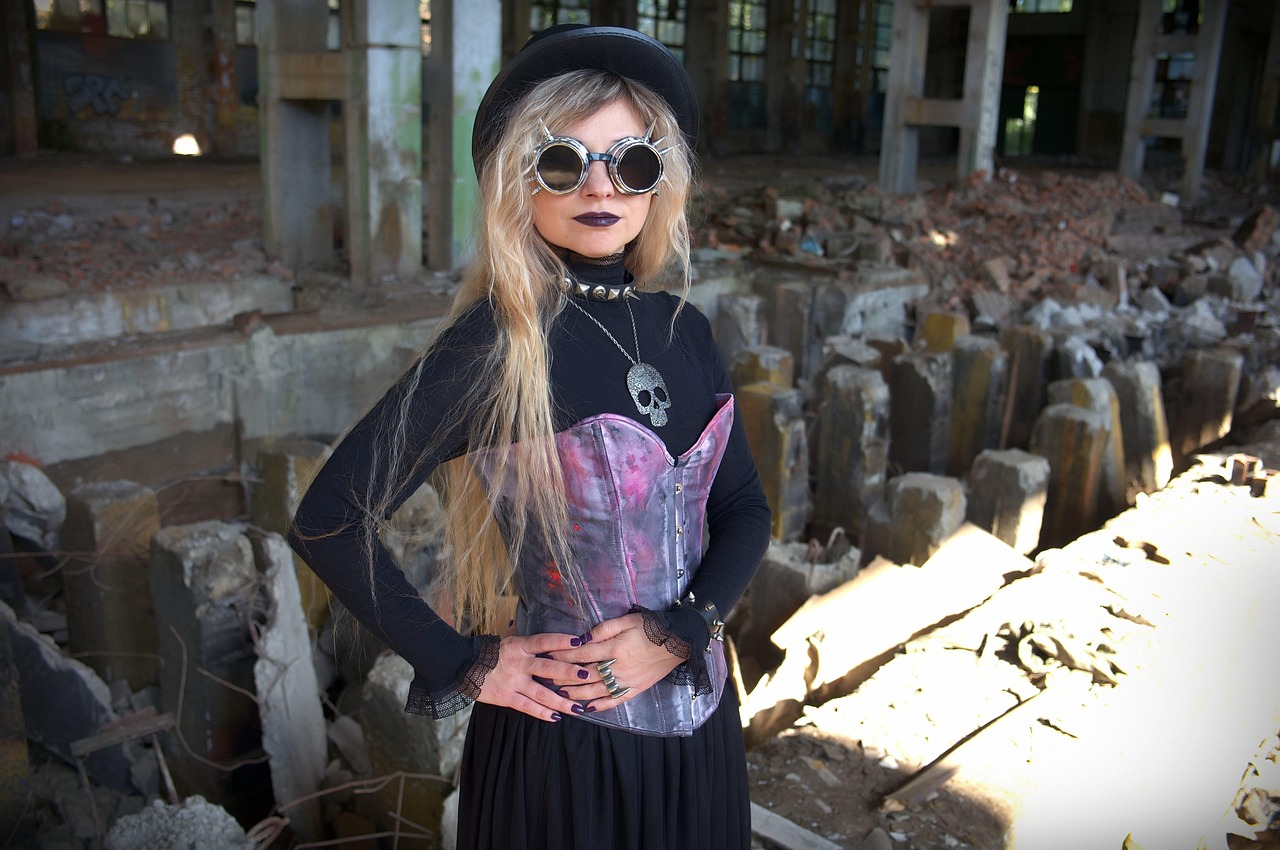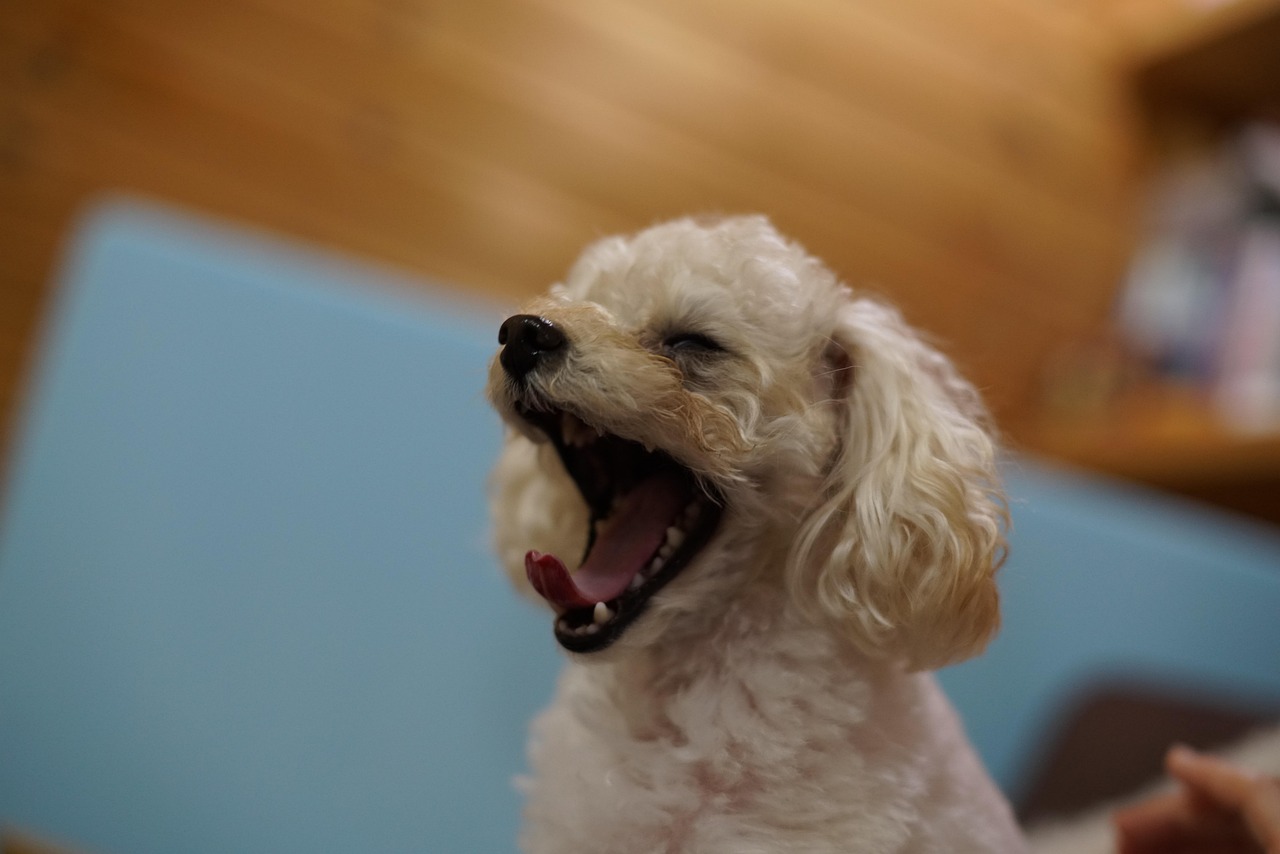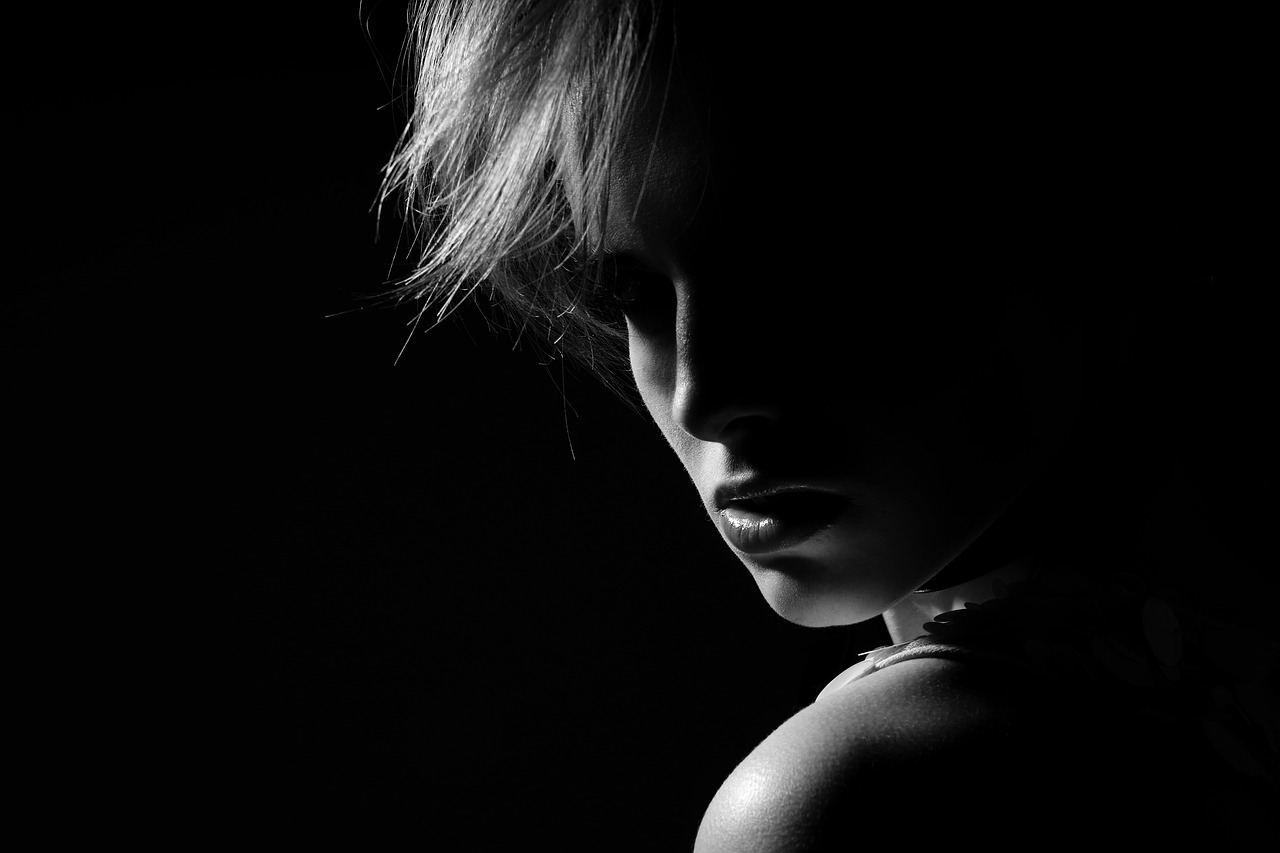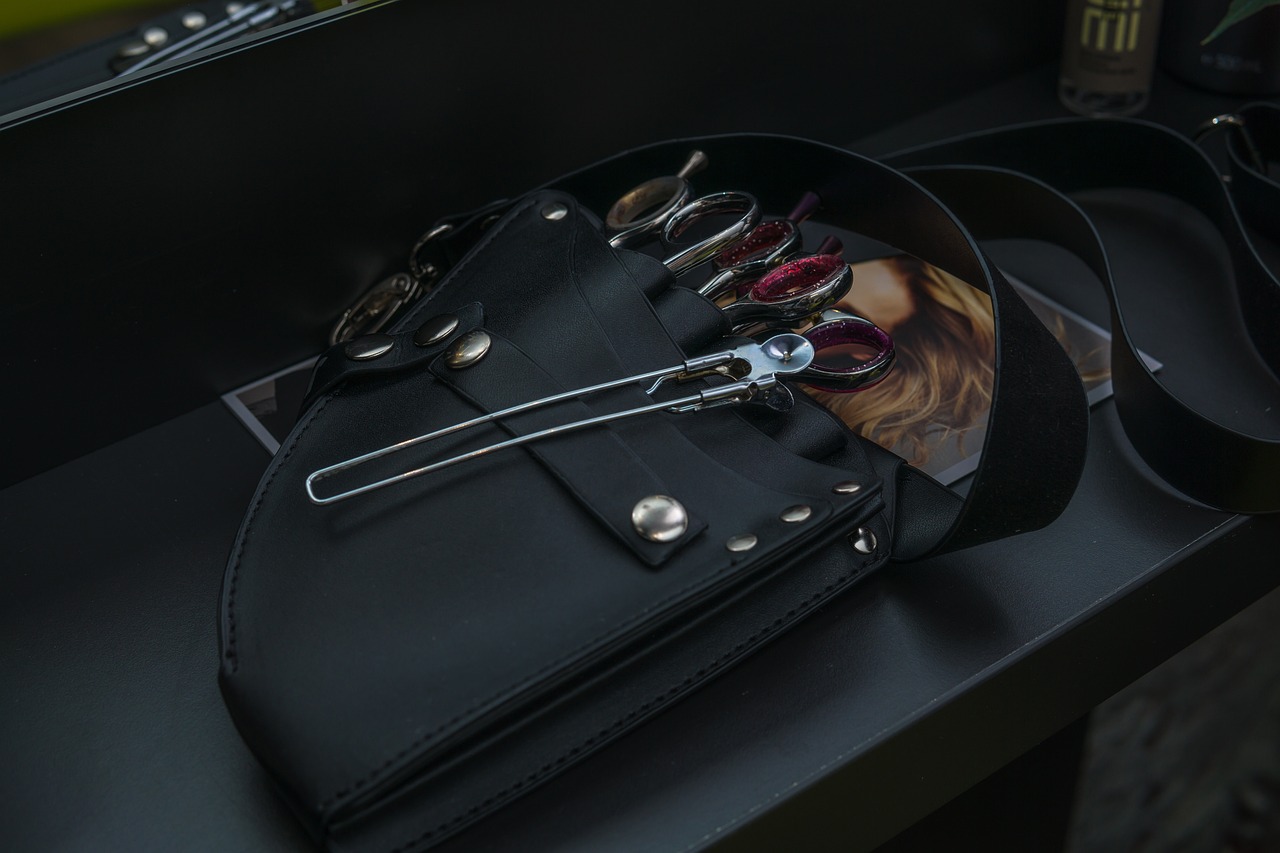Fine straight hair often presents unique challenges when it comes to achieving volume and style. However, with the right haircut, you can enhance your look and add much-needed body to your strands. This article will explore various haircut styles specifically designed for fine straight hair, offering tips and tricks to help you choose the best options for your hair type.
What Are the Best Haircut Styles for Fine Straight Hair?
When it comes to fine straight hair, certain haircut styles can work wonders. Here are some of the most effective options:
- Textured Layers: Adding layers can create movement and dimension, making your hair appear thicker.
- Blunt Cuts: A blunt cut can give a polished look while making the hair seem fuller.
- Bob Cuts: Both blunt and textured bobs are excellent choices, providing a chic and modern appearance.
How Can Layers Enhance Volume in Fine Hair?
Layers are a game-changer for fine hair. By incorporating varying lengths, layers can add depth and create the illusion of thickness. This technique is particularly beneficial for those looking to maintain length while achieving a more voluminous look.
Should You Choose Long or Short Layers?
The decision between long and short layers can influence the overall style of your haircut:
- Long Layers: Offer subtle volume while keeping the hair long, making them perfect for those who prefer length.
- Short Layers: Provide a more dramatic effect, ideal for those looking to embrace a youthful, lively style.
What Are Some Popular Haircut Techniques for Fine Hair?
Different haircut techniques can significantly enhance the appearance of fine hair. Here are a few popular methods:
- Texturizing: This technique involves thinning the ends of the hair to add movement and volume.
- Point Cutting: A method that softens the edges of the hair, providing a more natural look.
- Blunt Cutting: Creates a clean edge that can make fine hair appear thicker.
How Do Blunt Cuts Work for Fine Straight Hair?
A blunt cut can create a striking, polished appearance for fine hair. This style can make hair look thicker by providing a clean edge and eliminating split ends, thus enhancing the overall look.
Why Choose a Blunt Bob?
A blunt bob is a classic choice that beautifully frames the face. Its straight lines can make fine hair look more substantial and easier to manage, offering a timeless elegance.
What About Textured Bobs?
Textured bobs add layers and movement, making them perfect for fine hair. This fun style introduces volume while maintaining a chic, modern look.
How to Style Fine Straight Hair for Maximum Volume?
Styling techniques play a crucial role in achieving volume for fine straight hair. Here are some effective methods:
- Choose the Right Products: Use volumizing shampoos and lightweight mousses to improve texture and fullness.
- Blow-Dry for Lift: Learning the right angles and using a round brush can help lift your roots, creating a fuller look.
What Maintenance is Required for Fine Hair Cuts?
Maintaining a haircut for fine straight hair involves regular trims and specific care routines. Here are some essential tips:
- Trim Regularly: Schedule trims every 6 to 8 weeks to prevent split ends and maintain the shape of your haircut.
- Follow a Care Routine: Gentle cleansing and conditioning can help your fine hair stay healthy and vibrant, enhancing the overall effect of your haircut.

What Are the Best Haircut Styles for Fine Straight Hair?
Fine straight hair often presents unique styling challenges, but with the right haircut, you can achieve a look that is both voluminous and stylish. Choosing the correct haircut can enhance your hair’s natural beauty, adding texture and body. In this article, we delve into the best haircut styles for fine straight hair, ensuring you find the perfect look that suits your personality and enhances your features.
When it comes to fine straight hair, certain cuts can work wonders in creating the illusion of thickness and volume. Here are some of the most flattering styles:
- Long Layers: Long layers are a fantastic option for those who want to maintain length while adding movement. This cut creates a subtle lift, making your hair appear fuller.
- Blunt Bobs: A blunt bob is a classic choice that offers a clean, polished look. This style can make fine hair look thicker by providing a solid edge.
- Textured Bobs: For a more modern twist, a textured bob introduces layers and movement, creating a playful yet sophisticated appearance.
- Shag Cuts: The shag cut, characterized by its choppy layers, adds significant texture and volume, making it an excellent choice for fine hair.
Layers are a game-changer for fine hair. By introducing dimension and movement, layers can create the illusion of thickness. They allow your hair to bounce and flow, rather than lying flat against your scalp. Whether you opt for long or short layers, both can significantly enhance the overall appearance of your hair.
The decision between long or short layers can greatly impact your hairstyle. Long layers are perfect for those who want to keep their hair lengthy while adding subtle volume. On the other hand, short layers can create a more dramatic effect, providing a youthful and lively appearance.
Various haircut techniques can enhance the look of fine hair. Here are a few to consider:
- Texturizing: Texturizing techniques can help remove bulk and add movement, making fine hair appear fuller.
- Point Cutting: This method involves cutting the hair at an angle to create softer ends, which can add texture and volume.
- Blunt Cuts: A blunt cut can provide a striking appearance, giving the illusion of thickness and eliminating split ends.
Once you have the perfect haircut, styling techniques play a crucial role in achieving maximum volume. Here are some effective methods:
- Use the Right Products: Volumizing shampoos and lightweight mousses can significantly improve the texture and fullness of fine hair.
- Blow-Drying Techniques: Blow-drying your hair upside down or using a round brush can help lift the roots, creating a fuller look.
Maintaining your haircut is essential for keeping fine hair looking healthy and voluminous. Regular trims every 6 to 8 weeks can prevent split ends and maintain the shape of your haircut. Additionally, adopting a proper hair care routine, including gentle cleansing and conditioning, is crucial for keeping fine hair vibrant and manageable.
In summary, choosing the right haircut for fine straight hair can make a significant difference in achieving a fuller, more stylish appearance. By exploring various styles and techniques, you can find the perfect cut that not only enhances your natural beauty but also boosts your confidence.

How Can Layers Enhance Volume in Fine Hair?
When it comes to styling fine hair, layers can truly be transformative. They are not just a trend; they are a practical solution for anyone looking to boost the appearance of volume and movement in their hair. Fine hair often lacks the body and fullness that many desire, but incorporating layers can create the illusion of thickness, making your hair look more vibrant and lively.
Layers work by removing weight from the hair, allowing it to move more freely. This dimension is crucial, as it helps to break up the flatness that often characterizes fine straight hair. By adding layers, you can achieve a dynamic look that feels full of life. The key is to tailor the layers to your specific hair type and face shape, ensuring that the cut complements your natural features.
Fine hair can easily appear limp and lifeless. Layers are essential because they provide a structured shape that enhances volume. Here are a few reasons why layers are particularly beneficial:
- Illusion of Thickness: Layers create a perception of fuller hair by adding texture and movement.
- Lightweight Feel: Removing excess weight from the hair helps it to bounce and flow more freely.
- Versatile Styling: Layers allow for various styling options, from sleek and straight to tousled and wavy.
When choosing layers for fine hair, it’s important to consider both length and technique. Here are two popular options:
Long layers are perfect for those who wish to maintain their hair length while still achieving some volume. This style adds movement without sacrificing the integrity of longer hair. The layers are typically cut starting around the chin and gradually tapering down, which helps to frame the face beautifully.
If you’re looking for a more dramatic change, short layers can provide a bold texture. This haircut creates a lively and youthful appearance, making it an excellent choice for those willing to embrace a shorter style. Short layers can be styled in various ways, adding a bouncy, modern edge to fine hair.
Styling layered fine hair effectively can further amplify its volume. Here are some tips:
- Use Volumizing Products: Incorporate lightweight mousses and volumizing sprays to give your hair a lift.
- Blow-Dry with a Round Brush: Blow-drying your hair upside down and using a round brush can help create root lift.
- Experiment with Texturizing Techniques: Adding waves or curls can enhance the layered effect, giving your hair more body.
To keep your layered haircut looking fresh and voluminous, regular maintenance is key. Here are some essential practices:
- Regular Trims: Schedule trims every 6 to 8 weeks to prevent split ends and maintain the shape of your layers.
- Hydration is Essential: Use hydrating shampoos and conditioners to keep your hair healthy and full of life.
- Avoid Heavy Products: Stick to lightweight styling products to prevent weighing down your layers.
In conclusion, layers are indeed a game-changer for fine hair. By adding dimension and movement, they can create the illusion of thickness and vitality, allowing you to enjoy a fuller, more stylish look.
Should You Choose Long or Short Layers?
The decision to opt for long or short layers in your haircut can profoundly influence your hairstyle and overall appearance. Each choice presents distinct advantages that cater to various face shapes, hair types, and personal aesthetics. Understanding these differences can help you make an informed decision that enhances your look.
Long layers are typically characterized by subtle, elongated sections of hair that add movement without sacrificing length. This style is particularly beneficial for individuals who desire a more natural look while still enhancing volume. Long layers can create a soft frame around the face, making it suitable for various face shapes. They work well for those with straight hair, as the layers can add dimension and prevent the hair from appearing flat.
- Benefits of Long Layers:
- Maintains overall length while adding movement.
- Suitable for various face shapes, particularly oval and heart-shaped faces.
- Creates a soft, romantic look.
In contrast, short layers can produce a more dynamic and textured appearance. This style is ideal for those who want to embrace a bold change and is particularly effective for fine hair, as it creates the illusion of volume and thickness. Short layers can also add a youthful, energetic vibe to your hairstyle, making them a popular choice among trendsetters.
- Benefits of Short Layers:
- Creates a lively and youthful look.
- Adds significant volume and texture, perfect for fine hair.
- Can be styled in various ways, from sleek to tousled.
Your face shape plays a crucial role in determining whether long or short layers will suit you best. For instance, individuals with round faces may benefit from long layers that elongate the face, while those with angular features might find that short layers soften their jawline. It’s essential to consider your unique features when making this decision.
Your personal style is another factor to consider. If you prefer a more classic, elegant look, long layers may align better with your aesthetic. Conversely, if you enjoy experimenting with trendy, edgy styles, short layers could be the perfect fit. Think about how each option complements your wardrobe and lifestyle.
Maintenance is also a key consideration. Long layers typically require less frequent trims, while short layers may need more regular upkeep to maintain their shape. Additionally, styling techniques vary: long layers can be easily air-dried for a natural look, while short layers often benefit from styling products to enhance texture and volume.
Ultimately, the choice between long and short layers should reflect your individual preferences, lifestyle, and hair type. Both styles offer unique benefits, and understanding these can help you achieve the look you desire. Whether you opt for the subtle elegance of long layers or the bold flair of short layers, the right haircut can significantly enhance your overall appearance and boost your confidence.
Long Layers for Subtle Volume
When it comes to enhancing the appearance of fine straight hair, long layers are an excellent choice. They not only provide a gentle lift but also maintain the hair’s length, allowing for a beautiful flow and movement. This haircut style is particularly beneficial for individuals who desire a bit of volume without sacrificing the elegance of long hair.
Long layers create a sense of dimension and texture that can transform flat hair into a lively, bouncy style. By strategically cutting layers into the hair, stylists can remove bulk from the ends while keeping the top fuller. This technique helps to create the illusion of thickness, which is especially important for fine hair types.
The beauty of long layers lies in their ability to frame the face while adding depth to the overall hairstyle. When layers are cut at various lengths, they allow the hair to move freely, making it appear more voluminous. The longer sections of hair help to maintain the overall length, while the shorter layers add a playful bounce that enhances movement.
Long layers are ideal for individuals with fine straight hair who want to achieve a soft, romantic look. This style suits various face shapes, as the layers can be tailored to complement individual features. For those looking to add a bit of flair to their hairstyle without going for a drastic change, long layers provide a perfect solution.
- Use Lightweight Products: To maintain volume, opt for volumizing shampoos and conditioners that won’t weigh hair down.
- Blow-Dry with a Round Brush: This technique can help lift the roots and create a fuller appearance. Focus on the roots for maximum lift.
- Incorporate Waves: Adding soft waves can enhance the movement of long layers, making the hair appear thicker and more dynamic.
To keep long layers looking fresh and voluminous, regular trims are essential. Aim for a trim every 6 to 8 weeks to eliminate split ends and maintain the shape of the layers. Additionally, a proper hair care routine that includes nourishing treatments can help keep fine hair healthy and vibrant.
Long layers offer several benefits for those with fine straight hair:
- Enhanced Volume: Layers create the illusion of fullness, making fine hair look thicker.
- Movement: The cut allows for natural movement, preventing hair from looking flat.
- Versatility: Long layers can be styled in various ways, from sleek and straight to tousled waves.
In conclusion, long layers are a fantastic option for anyone looking to add subtle volume and movement to fine straight hair. With the right styling techniques and maintenance, this haircut can enhance your overall look and give you the confidence you desire.
Short Layers for Bold Texture
When it comes to styling fine straight hair, short layers can be a transformative choice. These cuts not only add volume but also introduce a sense of movement that can rejuvenate your look. The appeal of short layers lies in their ability to create a more dramatic effect, offering a lively and youthful appearance that many desire.
One of the key benefits of short layers is their versatility. This style works exceptionally well for those willing to embrace a shorter cut, maximizing volume while minimizing weight. By removing excess bulk, short layers allow the hair to bounce and flow, creating an illusion of thickness that fine hair often lacks.
Moreover, short layers can frame the face beautifully, enhancing your natural features. They can be tailored to suit various face shapes, ensuring that everyone can find a flattering version of this chic cut. For instance, if you have a round face, shorter layers at the crown can elongate your appearance, while those with a square face may benefit from soft, wispy layers that add softness to the jawline.
In addition to aesthetic benefits, short layers are also practical. They are easier to maintain and style, making them a perfect option for those with busy lifestyles. With the right styling products, such as volumizing sprays or lightweight mousses, you can achieve a full-bodied look without spending hours in front of the mirror.
To further enhance your short layered cut, consider incorporating texture. Techniques such as texturizing or razor cutting can add depth and movement, making your hairstyle even more dynamic. These methods break up the hair’s weight, allowing your layers to stand out and create that coveted voluminous effect.
When styling short layers, blow-drying can be a game-changer. Use a round brush to lift the roots while directing heat away from the scalp to create volume. This technique not only adds height but also helps maintain the shape of the layers throughout the day.
In summary, embracing short layers can dramatically change the way fine straight hair looks and feels. This style is not just about cutting hair shorter; it’s about enhancing your overall appearance with volume and movement. Whether you prefer a sleek bob or a textured pixie, short layers provide a lively and youthful look that can suit any personal style.
What Are Some Popular Haircut Techniques for Fine Hair?
When it comes to styling fine hair, the right haircut technique can make all the difference. Different methods can enhance the overall appearance of your hair, providing the much-desired volume and texture. Below, we explore some of the most popular haircut techniques that can transform fine hair from flat to fabulous.
One of the most effective ways to add volume to fine hair is through texturizing techniques. This method involves cutting the hair in a way that creates movement and lifts. Techniques such as point cutting or slide cutting can remove weight without sacrificing length, allowing your hair to bounce and flow more freely.
A blunt cut is another popular technique that can work wonders for fine hair. This style features straight, even ends that create a clean, polished appearance. By eliminating split ends and providing a solid base, blunt cuts can make fine hair look thicker and more substantial.
Layering is a classic technique that can significantly enhance the volume of fine hair. By cutting the hair into layers, you introduce dimension and movement, which can help create the illusion of thickness. Short layers can add a playful bounce, while longer layers can provide subtle lift without losing length.
The shag cut is a trendy option that combines various lengths and textures to create a relaxed, lived-in look. This technique works exceptionally well for fine hair, as it adds volume and movement while maintaining a stylish appearance. Shag cuts are versatile and can be tailored to suit different face shapes and personal styles.
- Consider Your Face Shape: Different haircut techniques can complement various face shapes. For instance, soft layers can soften angular features, while blunt cuts can enhance round faces.
- Hair Texture Matters: Fine hair can differ in texture. If your hair is straight, a blunt cut might work best, while wavy fine hair may benefit from layering.
- Maintenance Level: Some techniques require more upkeep than others. Consider how much time you’re willing to invest in styling and maintenance when choosing a cut.
After selecting the right haircut technique, styling becomes crucial in achieving that full-bodied look. Here are some tips:
- Use Volumizing Products: Incorporate volumizing shampoos and conditioners into your routine. Lightweight mousses can also provide lift without weighing hair down.
- Blow-Dry with Technique: Blow-drying your hair upside down or using a round brush can help lift the roots, creating a fuller appearance.
- Experiment with Styles: Try different hairstyles like loose waves or messy buns to add texture and volume to your fine hair.
In summary, various haircut techniques can significantly enhance the appearance of fine hair. From texturizing to blunt cuts, the right style can create volume and texture, making fine hair look more vibrant and full. By understanding your hair type and preferences, you can choose the perfect technique to elevate your look.

How Do Blunt Cuts Work for Fine Straight Hair?
When it comes to styling fine straight hair, blunt cuts offer a transformative approach that can significantly enhance your overall look. This haircut style is not just about aesthetics; it also serves a functional purpose by providing a polished finish that can make fine hair appear thicker and healthier.
Blunt cuts feature a straight, even edge that creates a clean silhouette. This style is particularly beneficial for fine hair because it eliminates the frayed ends that can make hair look thin and lifeless. By providing a solid base, blunt cuts help to maximize volume and create the illusion of density.
One of the primary advantages of a blunt cut is its ability to remove split ends effectively. Split ends can be more noticeable in fine hair, making it appear unhealthy. A blunt cut not only trims away these damaged ends but also encourages healthier growth. Regular maintenance of blunt cuts ensures that your hair remains looking fresh and vibrant.
Absolutely! Blunt cuts can be tailored to suit various lengths and styles. Whether you prefer a blunt bob that grazes the jawline or a longer blunt cut that falls below the shoulders, this style can be adapted to fit your personal aesthetic. The beauty of a blunt cut lies in its simplicity and versatility, allowing it to complement different face shapes and hair textures.
To achieve the best look with your blunt cut, consider these styling tips:
- Blow-Dry with a Round Brush: Use a round brush while blow-drying to lift the roots and create a fuller appearance.
- Use Volumizing Products: Incorporate volumizing sprays or mousses to add body and texture.
- Flat Iron for Sleekness: A flat iron can help achieve a sleek finish, enhancing the polished look of a blunt cut.
A blunt bob is a popular choice among those with fine hair. This style frames the face beautifully, highlighting your features while providing a chic and modern look. The straight lines of a blunt bob can create the illusion of thicker hair, making it easier to manage.
While blunt cuts offer many advantages, they may not be suitable for everyone. Those with extremely curly or textured hair may find that a blunt cut does not provide the desired effect. Additionally, blunt cuts require regular trims to maintain their shape, which can be a commitment for some.
To keep your blunt cut looking sharp, it is recommended to get a trim every 6 to 8 weeks. This frequency helps to eliminate split ends and maintain the clean edge that defines a blunt cut. Regular maintenance is key to ensuring your haircut remains fresh and voluminous.
In conclusion, blunt cuts are an excellent option for fine straight hair, providing a striking, polished appearance that enhances volume and eliminates split ends. By understanding the benefits and styling techniques associated with blunt cuts, you can make an informed decision about your next haircut.
Why Choose a Blunt Bob?
The blunt bob is a timeless haircut that has gained popularity for its elegant simplicity and versatility. This style is particularly favored for those with fine straight hair, as it offers numerous benefits that enhance both the look and feel of the hair. Below, we delve into the reasons why the blunt bob is an excellent choice for anyone looking to elevate their hairstyle.
One of the most significant advantages of a blunt bob is its ability to create the illusion of thicker hair. The straight lines of this cut provide a clean, polished appearance that can make fine strands appear more substantial. This is especially beneficial for individuals who struggle with volume, as the blunt edges help to eliminate split ends and maintain a healthy look.
A blunt bob is designed to frame the face beautifully, enhancing facial features and providing a balanced look. The length can be tailored to suit various face shapes, making it a versatile option. Whether you have a round, square, or oval face, the blunt bob can be adjusted to highlight your best features while providing a chic, modern silhouette.
Absolutely! While the classic blunt bob is characterized by its straight, even cut, there are several ways to customize this style. Adding subtle layers or texture can introduce movement, making the haircut more dynamic without sacrificing its foundational bluntness. This customization allows for a personalized touch that can cater to individual preferences and hair types.
Styling a blunt bob is relatively straightforward, making it a low-maintenance yet stylish choice. Here are some popular styling options:
- Sleek and Straight: Use a flat iron to achieve a polished, straight look that showcases the blunt edges.
- Wavy Texture: Adding waves with a curling wand can create a soft, romantic appearance, perfect for special occasions.
- Messy and Tousled: For a more casual vibe, apply a texturizing spray and scrunch the hair for a carefree look.
To maintain the health and appearance of a blunt bob, using the right products is essential. Here are some recommendations:
- Volumizing Shampoo: Helps to add lift and body to fine hair.
- Leave-In Conditioner: Keeps the hair hydrated and manageable.
- Heat Protectant: Essential for protecting the hair from heat damage when styling.
Regular maintenance is crucial for keeping a blunt bob looking its best. It is generally recommended to schedule trims every 6 to 8 weeks to remove any split ends and maintain the crisp edges that define this hairstyle. This routine not only keeps the style fresh but also promotes healthy hair growth.
In summary, the blunt bob is a stylish and practical choice for those with fine straight hair. Its ability to frame the face, create the illusion of volume, and offer customization options makes it a versatile haircut that suits a variety of personal styles. With the right maintenance and styling techniques, a blunt bob can be a stunning addition to your hair repertoire.
What About Textured Bobs?
When it comes to finding the perfect haircut for fine straight hair, the textured bob stands out as a stylish and practical choice. This haircut not only adds layers and movement but also introduces a level of volume that fine hair often lacks. With its modern flair, the textured bob is ideal for those seeking a chic look without sacrificing manageability.
Textured bobs are designed to enhance the natural beauty of fine hair. By incorporating various lengths and angles, this haircut creates the illusion of thickness, making your hair appear fuller and more vibrant. The strategic layering in a textured bob allows for **dynamic movement**, which is essential for fine hair that can sometimes fall flat. This style is not only fashionable but also versatile, making it suitable for various occasions, from casual outings to formal events.
One of the main benefits of a textured bob is its ability to introduce volume while maintaining a sleek appearance. The layers in a textured bob break up the weight of the hair, allowing it to bounce and move freely. This effect is particularly beneficial for fine hair, which can often look limp and lifeless. Additionally, the shorter length of a bob can help lift the hair at the roots, further enhancing the overall volume.
- Use a Volumizing Mousse: Applying a lightweight volumizing mousse can provide a solid foundation for styling. It helps create texture and lift without weighing the hair down.
- Blow-Dry with a Round Brush: Blow-drying your hair using a round brush can add significant volume. Focus on lifting the roots and directing the hair outward for a fuller look.
- Texturizing Products: Incorporating texturizing sprays or sea salt sprays can enhance the natural movement of your bob, giving it that effortless, tousled look.
The beauty of a textured bob lies in its adaptability. It can be tailored to suit different face shapes and hair types. Whether you have a heart-shaped, round, or oval face, a skilled stylist can customize the length and layering to flatter your features. Additionally, this haircut works well for all ages, making it a timeless choice.
To keep your textured bob looking its best, regular trims are essential. Aim for a visit to your stylist every 6 to 8 weeks to maintain the shape and prevent split ends. Additionally, adopting a gentle hair care routine that includes sulfate-free shampoos and nourishing conditioners will help keep your fine hair healthy and vibrant.
In summary, the textured bob is an excellent option for those with fine straight hair looking to enhance volume and movement. Its modern aesthetic, coupled with versatile styling options, makes it a go-to choice for anyone seeking a chic yet manageable hairstyle. With the right products and maintenance, a textured bob can transform your hair from flat to fabulous.

How to Style Fine Straight Hair for Maximum Volume?
Styling fine straight hair can often feel challenging, especially when it comes to achieving that coveted volume. However, with the right techniques and products, you can elevate your hair’s appearance and create a fuller look. Below, we delve into effective styling methods that can transform your fine straight hair and help you achieve the volume you desire.
Before diving into specific styling techniques, it’s essential to understand what contributes to volume. Volume is primarily about lift at the roots and the overall fullness of the hair. Factors such as hair length, texture, and the right haircut play significant roles in achieving this look.
- Blow-Drying with Technique: The way you blow-dry your hair can significantly impact its volume. Use a round brush to lift the roots while directing the airflow from the roots to the ends. This technique not only adds volume but also creates a smooth finish.
- Using the Right Products: Incorporate volumizing shampoos and conditioners into your routine. Look for products that contain ingredients like keratin or biotin, which can strengthen your hair while adding body.
- Mousse Application: Apply a lightweight volumizing mousse to damp hair before styling. This will provide a solid foundation for volume and hold without weighing your hair down.
- Teasing for Texture: Gently tease the roots of your hair at the crown using a fine-tooth comb. This method creates instant lift and adds dimension, making your hair appear thicker.
The haircut you choose can greatly influence the volume of your fine straight hair. Layered cuts are particularly effective, as they add movement and texture, making your hair look fuller. Consider a long layered cut for a subtle lift or a short bob for a more dramatic effect.
Once you’ve styled your hair for volume, maintaining that look is crucial. Here are some tips:
- Avoid Heavy Products: Steer clear of heavy oils and creams that can weigh your hair down. Opt for lightweight sprays or texturizing powders instead.
- Refresh with Dry Shampoo: Use dry shampoo at the roots to absorb excess oil and add texture, which can help maintain volume.
- Regular Trims: Schedule regular trims every 6-8 weeks to keep your hair healthy and prevent split ends, which can sap volume.
Styling fine straight hair for maximum volume is achievable with the right techniques and care. By understanding the fundamentals of volume, utilizing effective styling methods, and choosing the right haircut, you can enhance your hair’s appearance significantly. Remember to maintain your style with appropriate products and regular trims, and you’ll enjoy a fuller, more vibrant look.
What Products Should You Use?
When it comes to styling fine straight hair, the right products can make all the difference. Choosing the appropriate items not only enhances the texture but also boosts the overall fullness of your hair, making it easier to style and manage. Below, we delve into essential products that can transform your fine hair into a voluminous masterpiece.
Fine hair often lacks the natural body and density that many desire. This is where volumizing products come into play. These specially formulated shampoos, conditioners, and styling agents are designed to lift the hair at the roots, creating the illusion of fullness and thickness. By incorporating volumizing products into your hair care routine, you can achieve a more vibrant and bouncy look.
- Lightweight Formulas: Look for shampoos that are specifically labeled as volumizing. These products typically contain ingredients that cleanse without weighing hair down.
- Protein-Enriched Options: Shampoos infused with proteins can help strengthen fine hair while adding body.
- Moisturizing Ingredients: While volumizing is key, hydration is crucial too. Choose products that balance moisture without causing heaviness.
Conditioners are essential for maintaining the health of fine hair. Opt for lightweight conditioners that won’t weigh your hair down. Look for those that contain botanical extracts or silicone alternatives to add shine and manageability without sacrificing volume. Additionally, consider using a leave-in conditioner that provides moisture and protection while enhancing volume.
Styling products are crucial for achieving the desired volume and texture in fine hair. Here are some effective options:
- Lightweight Mousses: These are perfect for adding lift and body. Apply mousse to damp hair before blow-drying for a fuller look.
- Volumizing Sprays: Use these at the roots to create instant lift. They can be applied to dry hair for a quick refresh.
- Texturizing Sprays: These add grit and hold, which can help fine hair maintain its shape and volume throughout the day.
When selecting hair products, consider the specific needs of your fine hair. Always read the labels and look for products that specifically mention volume, thickness, or lift. Additionally, consider your scalp type; if you have an oily scalp, opt for clarifying shampoos that can help balance oil without stripping moisture.
If you prefer a more natural approach, there are several DIY alternatives that can boost volume. For instance:
- Egg Mask: Rich in protein, an egg mask can strengthen hair and add volume. Simply whisk an egg and apply it to your hair for 20 minutes before rinsing.
- Aloe Vera Gel: This natural product can add moisture and shine without weighing hair down. Apply it to damp hair for a light hold.
- Apple Cider Vinegar Rinse: This can help remove buildup and enhance shine, making hair look fuller.
Incorporating the right products into your hair care routine is essential for maximizing volume and texture in fine straight hair. By selecting volumizing shampoos, lightweight conditioners, and effective styling products, you can achieve a fuller, more vibrant look that is easy to style and maintain.
How to Blow-Dry for Maximum Lift?
Achieving maximum volume when blow-drying fine straight hair requires a blend of technique, the right tools, and a bit of practice. By mastering these skills, you can transform your hair from flat to fabulous, creating a look that is both stylish and full of life.
To effectively add volume, it’s essential to understand how blow-drying works. The heat from the blow dryer, combined with the right technique, can create lift at the roots and enhance the overall fullness of your hair.
- Round Brush: A medium to large round brush is crucial for creating volume. The size of the brush will influence the amount of curl or wave you achieve.
- Blow Dryer with Diffuser: A blow dryer that has multiple heat settings and a diffuser attachment allows for controlled drying, which is important for fine hair.
- Heat Protectant Spray: Protect your hair from heat damage by applying a heat protectant before you begin blow-drying.
Here are some detailed steps to follow for achieving that coveted volume:
- Start with Damp Hair: Begin with freshly washed, damp hair. Towel-dry gently to remove excess moisture, but avoid rubbing, which can cause frizz.
- Apply Volumizing Products: Use a lightweight volumizing mousse or spray, focusing on the roots. This will help to create a foundation for lift.
- Section Your Hair: Divide your hair into manageable sections. This ensures that you can focus on each part thoroughly, maximizing volume.
- Blow-Dry at the Right Angle: For maximum lift, blow-dry your hair upside down or at a 90-degree angle. This technique encourages the roots to stand up, creating volume.
- Use the Round Brush: As you dry each section, wrap the hair around the round brush and pull it taut. Direct the airflow from the blow dryer down the hair shaft to smooth the cuticle.
- Cool It Down: Once a section is dry, switch your blow dryer to the cool setting and blast it for a few seconds. This helps to set the volume and keep your style in place.
To ensure your volume lasts, consider these additional tips:
- Avoid Heavy Products: Steer clear of heavy styling products that can weigh your hair down.
- Use Dry Shampoo: A light application of dry shampoo can absorb oil and add texture, helping to maintain volume between washes.
- Consider the Weather: Humidity can flatten your style. Use anti-humidity sprays to protect your volume in damp conditions.
By following these blow-drying techniques and tips, you can achieve maximum lift and create a fuller, more voluminous look for your fine straight hair. Remember that practice makes perfect, so don’t hesitate to experiment with different methods and products until you find what works best for you.

What Maintenance is Required for Fine Hair Cuts?
Maintaining a haircut for fine straight hair is essential to ensure it remains healthy, vibrant, and full of life. Regular trims and specific care routines are crucial in preventing damage and promoting volume. Below are some detailed tips and practices to help you maintain your fine hair effectively.
Regular trims are vital for fine hair, typically every 6 to 8 weeks. This frequency helps to:
- Prevent split ends, which can travel up the hair shaft and lead to more damage.
- Maintain the shape of your haircut, ensuring it looks fresh and styled.
- Encourage healthy growth, as removing damaged ends allows the hair to grow stronger.
Adopting a proper hair care routine is essential for maintaining the health and appearance of fine hair. Here are some key practices:
- Gentle Cleansing: Use a mild, sulfate-free shampoo to avoid stripping your hair of its natural oils.
- Conditioning: Apply a lightweight conditioner focusing on the ends to avoid weighing down your hair. Look for products labeled as volumizing or lightweight.
- Heat Protection: Always use a heat protectant spray before styling with heat tools. This step is crucial to prevent damage from blow-dryers, straighteners, and curling irons.
Using the right products can significantly enhance the volume and texture of fine straight hair. Consider the following:
- Volumizing Shampoos: These shampoos are formulated to lift the hair at the roots, providing a fuller appearance.
- Lightweight Mousses: A mousse can add body without weighing hair down, making it ideal for fine textures.
- Dry Shampoos: These can be a lifesaver between washes, adding volume and absorbing excess oil at the roots.
Styling fine hair can be tricky, but with the right techniques, you can achieve maximum volume:
- Blow-Drying: Blow-dry your hair upside down to create lift at the roots. Use a round brush to add shape and bounce.
- Texturizing: Incorporate texturizing sprays or powders to create a tousled look that adds dimension.
- Avoid Heavy Products: Steer clear of heavy gels or creams that can weigh your hair down, making it look flat.
Your diet plays a significant role in the health of your hair. Incorporate foods rich in vitamins and minerals, such as:
- Protein: Essential for hair structure; include lean meats, fish, and legumes.
- Omega-3 Fatty Acids: Found in fish and flaxseeds, these promote scalp health.
- Vitamins A and C: Crucial for hair growth; found in fruits and vegetables.
By following these maintenance tips and practices, you can ensure that your fine straight hair remains healthy, voluminous, and stylish. Regular trims, proper care, and the right products will make a substantial difference in the overall look and feel of your hair.
How Often Should You Trim Fine Hair?
When it comes to maintaining fine straight hair, one of the most crucial aspects is regular trims. Many experts recommend scheduling trims every 6 to 8 weeks. This practice is essential for preventing split ends, which can lead to further damage and breakage. By adhering to this timeline, you can ensure that your haircut remains fresh, healthy, and voluminous.
Regular trims not only keep your hair looking its best but also help maintain the shape of your haircut. Over time, hair can lose its form due to natural growth patterns and environmental factors. Trimming away the dead ends allows your hair to grow more evenly, which is particularly important for fine hair that can easily appear limp and lifeless.
Moreover, a well-maintained haircut can enhance the overall appearance of your hair. Fine hair often lacks volume, but regular trims can help create a fuller look. When the ends of your hair are healthy and free from damage, your hair will naturally look more vibrant and bouncy. This is especially true for styles that require precision, such as bobs or layered cuts.
It’s also worth noting that the frequency of trims can depend on your specific hair needs. For instance, if you frequently style your hair with heat tools, you might find that more regular trims are necessary to combat the effects of heat damage. Conversely, if you are growing your hair out, you may choose to extend the time between trims while still keeping an eye on split ends.
In addition to regular trims, incorporating a good hair care routine is vital. Using hydrating conditioners and leave-in treatments can help nourish your hair and prevent breakage. This, combined with regular trims, will keep your fine straight hair looking healthy and full of life.
To summarize, scheduling trims every 6 to 8 weeks is a simple yet effective way to maintain the health and appearance of fine straight hair. This practice not only prevents split ends but also ensures that your haircut remains stylish and voluminous. Pair this with a solid hair care routine, and you will be well on your way to achieving beautiful, healthy hair.
What Are the Best Care Practices for Fine Hair?
When it comes to maintaining fine hair, adopting the right care practices is essential for achieving healthy and vibrant locks. Fine hair can often be more prone to damage and breakage, making a tailored hair care routine crucial. Below, we delve into the best care practices that can help you maintain your fine hair, ensuring it looks its best at all times.
Fine hair requires special attention due to its delicate nature. A proper hair care routine not only helps in maintaining the overall health of your hair but also enhances the effect of your haircut. By implementing the right techniques and products, you can ensure that your fine hair remains shiny, manageable, and full of life.
- Gentle Cleansing: Use a sulfate-free shampoo that won’t strip your hair of its natural oils. Look for products specifically designed for fine hair to avoid weighing it down.
- Conditioning: Apply a lightweight conditioner to the ends of your hair. This helps to hydrate without adding unnecessary weight. Consider using a leave-in conditioner for added moisture.
- Regular Trims: Schedule trims every 6 to 8 weeks to remove split ends and maintain the shape of your haircut. This practice promotes healthier hair growth.
Protecting fine hair from environmental stressors and heat damage is crucial. Here are some effective strategies:
- Heat Protection: Always use a heat protectant spray before styling with heat tools. This shields your hair from damage caused by high temperatures.
- Limit Heat Styling: Try to minimize the use of heat styling tools. Embrace natural drying methods when possible to reduce heat exposure.
- UV Protection: Consider using hair products that offer UV protection to shield your fine hair from sun damage.
Choosing the right products is vital for fine hair care. Look for:
- Volumizing Shampoos: These shampoos are formulated to add body and lift to fine hair, making it look fuller.
- Lightweight Styling Products: Opt for mousses and sprays that provide hold without weighing your hair down.
- Moisturizing Treatments: Incorporate deep conditioning treatments once a week to maintain hydration and prevent breakage.
Your hair’s health is often a reflection of your overall nutrition. A balanced diet rich in vitamins and minerals can significantly improve the condition of your fine hair. Consider including:
- Protein: Hair is primarily made of protein, so ensure you consume enough through sources like fish, eggs, and legumes.
- Omega-3 Fatty Acids: Found in fish and flaxseeds, these fatty acids help keep your scalp healthy and promote hair growth.
- Vitamins: Vitamins A, C, D, and E, along with Biotin, play an essential role in maintaining hair health.
In summary, adopting a proper hair care routine for fine hair is essential for maintaining its health and vibrancy. By focusing on gentle cleansing, conditioning, and protection, along with the right products and nutrition, you can enhance the overall effect of your haircut and enjoy beautiful, voluminous locks.
Frequently Asked Questions
- What haircut styles are best for fine straight hair?
The best haircut styles for fine straight hair include layered cuts, blunt bobs, and textured bobs. These styles can add volume and movement, making your hair look fuller and more vibrant.
- How do layers enhance volume in fine hair?
Layers create dimension and movement, which can give the illusion of thicker hair. They help lift the hair away from the scalp, making it appear more voluminous and lively.
- Should I choose long or short layers?
Choosing between long or short layers depends on your face shape and personal style. Long layers offer subtle volume while maintaining length, whereas short layers provide a bold, textured look.
- How often should I trim my fine hair?
Regular trims every 6 to 8 weeks are essential for fine hair. This helps prevent split ends and keeps your haircut looking fresh and voluminous.
- What products should I use for styling fine hair?
Using volumizing shampoos, lightweight mousses, and heat protectants can significantly improve the texture and fullness of fine hair, making it easier to style and manage.

